Aircraft manufacturers rarely make special versions of their planes, as certifying a one off type is a costly endeavour. McDonnell Douglas made an exception for SAS when they created a unique version of the DC-9 just for them.
Douglas aren’t the only ones to do this. Seattle’s Boeing Company made a shorter Boeing 707 just for Qantas, as well as a unique Boeing 767 with a flight engineers position in the cockpit for Ansett. Airbus did it as well, with a bespoke version of the Airbus A320 for Indian Airlines, with a special landing gear.
The Special Douglas DC-9 For SAS
Scandinavian Airlines, a long time Douglas customer, was looking at the DC-9 for their short range flights. At the time, the Long Beach manufacturer offered the original aircraft called the DC-9-10 and a larger version with more range, the DC-9-30.
SAS needed to use the plane in northern Europe where some runways were quite short. To achieve this, Douglas decided to create a new version, which married the improved wings and more powerful engines of the DC-9-30 with the short fuselage of the DC-9-10.
The first one took to the sky on 18 September 1968 and the unique variant entered service on 27 January 1969. Just ten were built in total, all for SAS, and they remained in service with them until 1995. After that, Spirit, ValuJet and Aeropostal operated the planes.
You Can Skydive From An Ex-SAS DC-9-21
One of the features of the Douglas DC-9 are the ventral airstairs which are situated under the T-tail. Other aircraft of the era, such as the Boeing 727, the British BAC One-Eleven and the Soviet Yakovlev Yak-40 also had these.
Originally they could be opened during flight, but thanks to a 1971 hijacking aircraft were modified so this was no longer possible. That being said, Skydive Perris in California owns a DC-9-21 that used to fly for SAS.
The plane has not flown since 2013, however it has just undergone heavy maintenance and the company has called for DC-9 type-rated pilots, so it will fly again. It is the only former commercial airliner certified to carry skydivers. As you can see in the video above, it looks pretty fun!
You can’t fly on it as a passenger, as you need to be an experienced skydiver to go on board. That means it’s something I won’t be doing, but it should probably be on the bucket list for skydivers around the world.
Overall Thoughts
The DC-9-21 certainly had a lengthy career with SAS before being passed on to other airlines. The Skydive Perris jet is currently 51 years old and is the last one flying of this particular type.
Douglas aircraft are well known for being particularly long lasting due to a high build quality. As long as they are well maintained, they are safe to continue flying. If I was a skydiver, I’d be on board that plane quick as a flash!
Did you know that Douglas made a special DC-9 for SAS? Would you go for a skydive out the back of one? Thank you for reading and if you have any comments or questions, please leave them below.
Like planes? See my “Does anyone remember” series.
Flight reviews your thing? Mine are all indexed here.
Follow me on Facebook, Twitter and Instagram.
Featured image by Eduard Marmet on Airliners.net via Wikimedia Commons.
Black and white image by Piergiuliano Chesi via Wikimedia Commons.



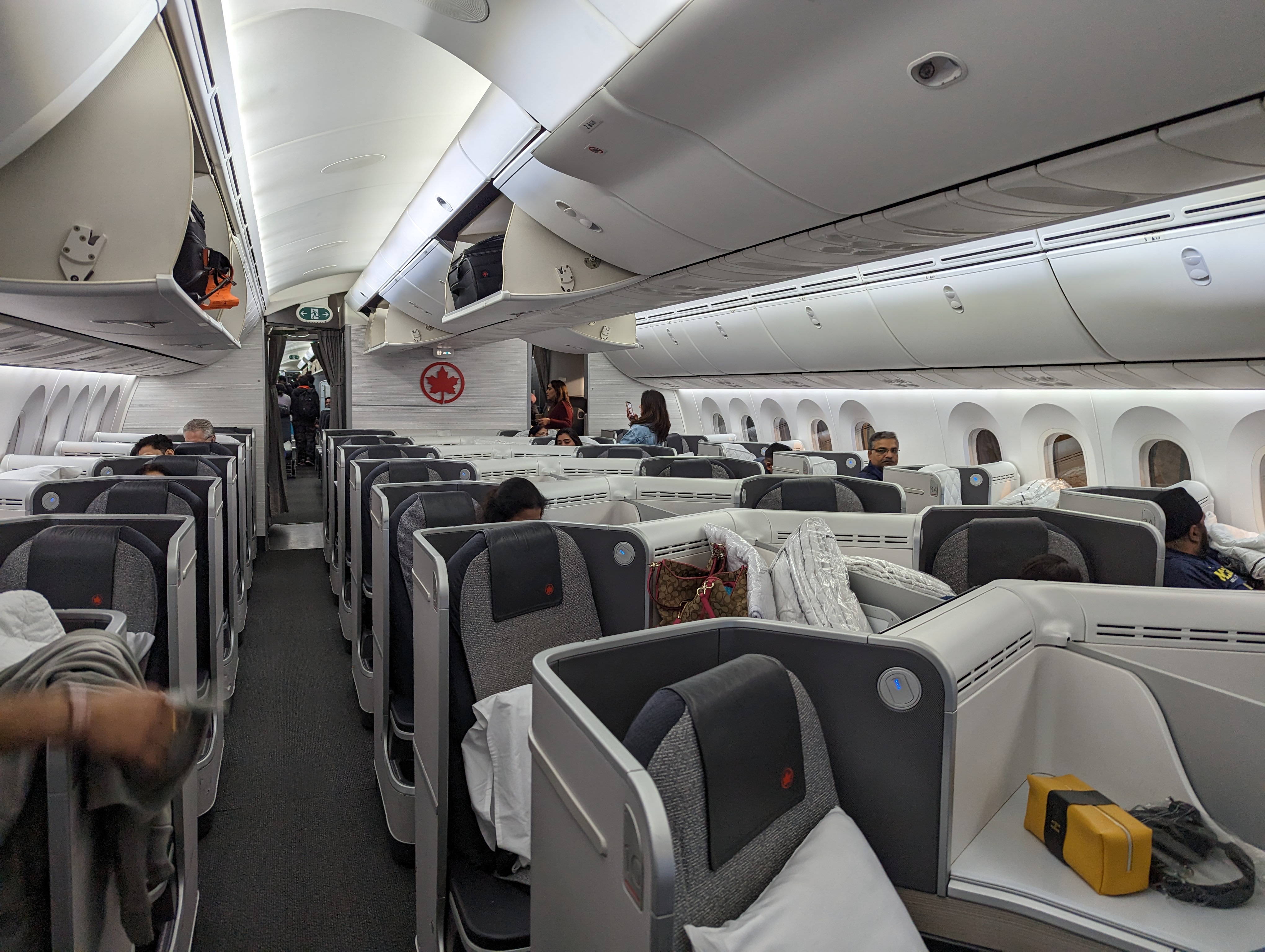
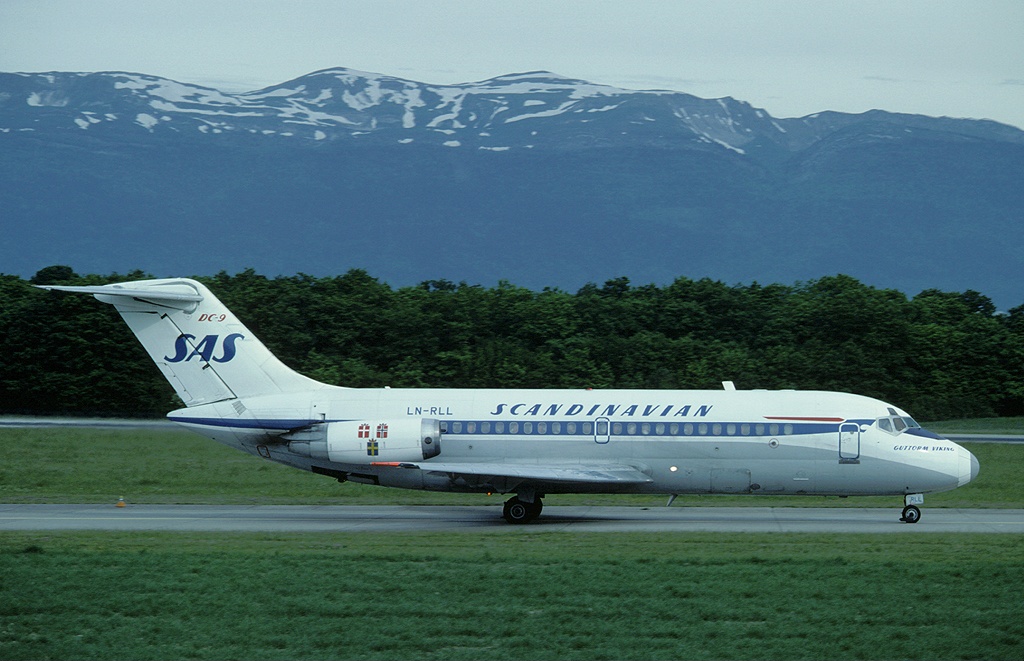

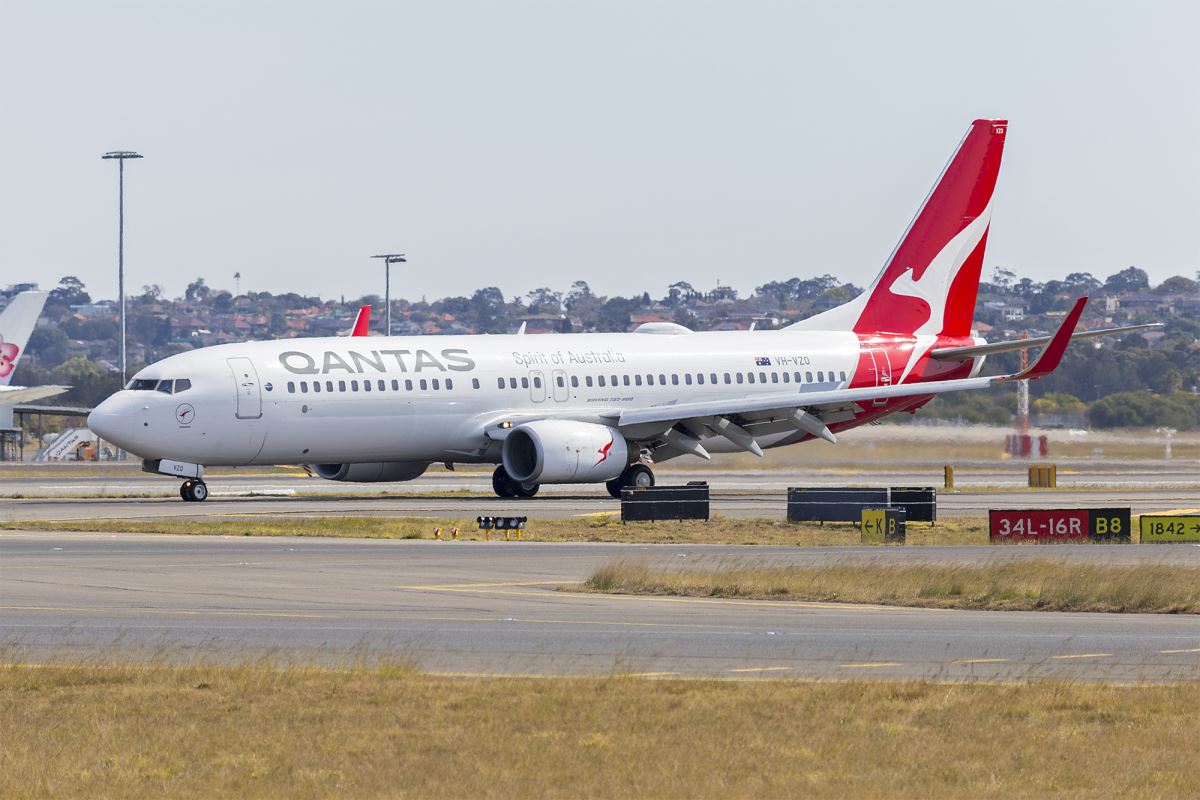
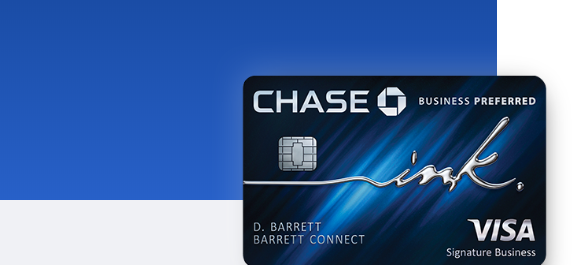
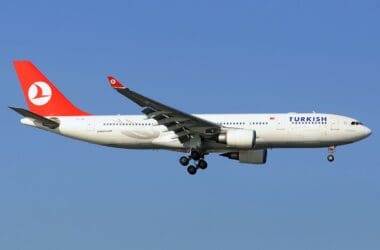
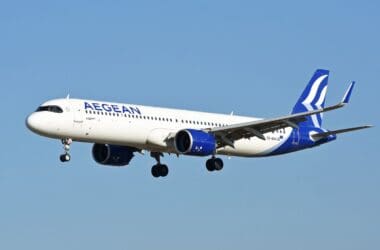


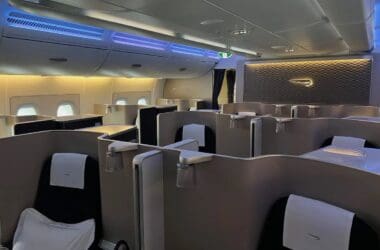

Interesting. DB Cooper jumped out of a 727 so there is that data point.
Maybe he was part of the inspiration for the skydiving company. Either way, I think it would be pretty cool to jump out the back of an airliner!
Ah, the infamous -20. The only DC9 variant I’ve never flown on. Now if I had $100 for every time I’ve flown one of the other 9’s, I could probably buy a -20.
I haven’t flown on an original DC-9… my closest is the MD-80, which, to be fair, is just a derivative. They certainly were a popular aircraft for quite some time!